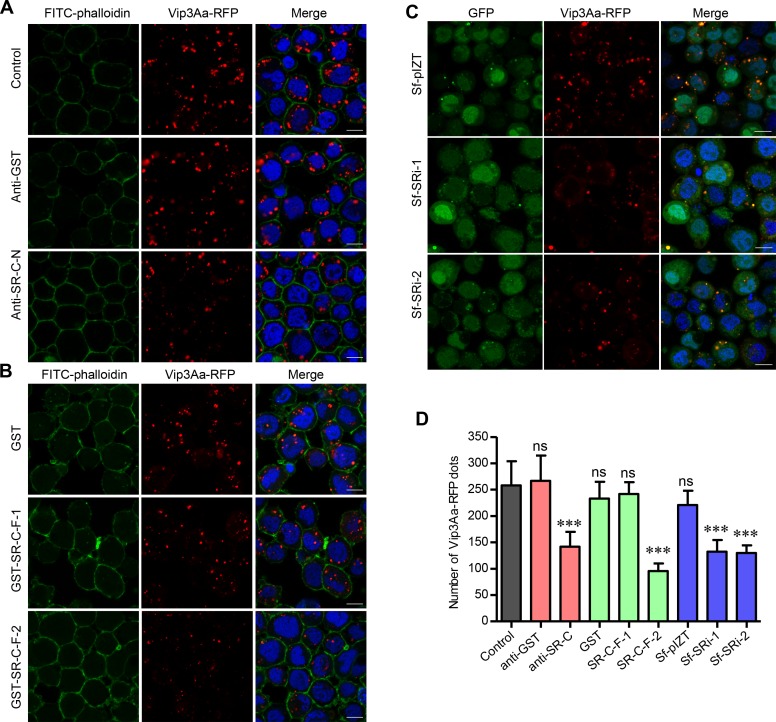Fig 6. Sf-SR-C mediates the internalization of Vip3Aa.
(A) Confocal microscopy sections showing Vip3Aa-RFP dots in the Sf9 cells. The cells were separately incubated with purified anti-Sf-SR-C-N polyclonal antibodies and anti-GST polyclonal antibodies for 1 h and the cells were then co-incubated with Vip3Aa-RFP (4.5μg/ml) for another 6 h. Nuclei are stained with DAPI (blue) and cell membrane are stained with FITC-phalloidin (green). Scale bar, 10 μm. (B) Confocal images showing Vip3Aa-RFP dots in the Sf9 cells. The cells were treated by Vip3Aa-RFP (4.5μg/ml) combined with an excess of GST-SR-F-1 and GST-SR-F-2 (20-fold) respectively. Nuclei are stained with DAPI (blue) and cell membrane are stained with FITC-phalloidin (green). Scale bar, 10 μm. (C) Confocal images showing Vip3Aa-RFP dots in the Sf-pIZT, Sf-SRi1 and Sf-SRi1 cells after incubating with Vip3Aa-RFP (4.5μg/ml) for 6 h. Nuclei are stained with DAPI (blue). Scale bar, 10 μm. (D) Quantification of the number of conspicuous Vip3Aa-RFP dots in Sf9 cells of (A), (B) and (C) in a blind fashion (n = 100 cells per sample). Data are expressed as the mean ± SD from three independent experiments; ns, non-significant; *** P < 0.001; one-way ANOVA using Duncan method.

